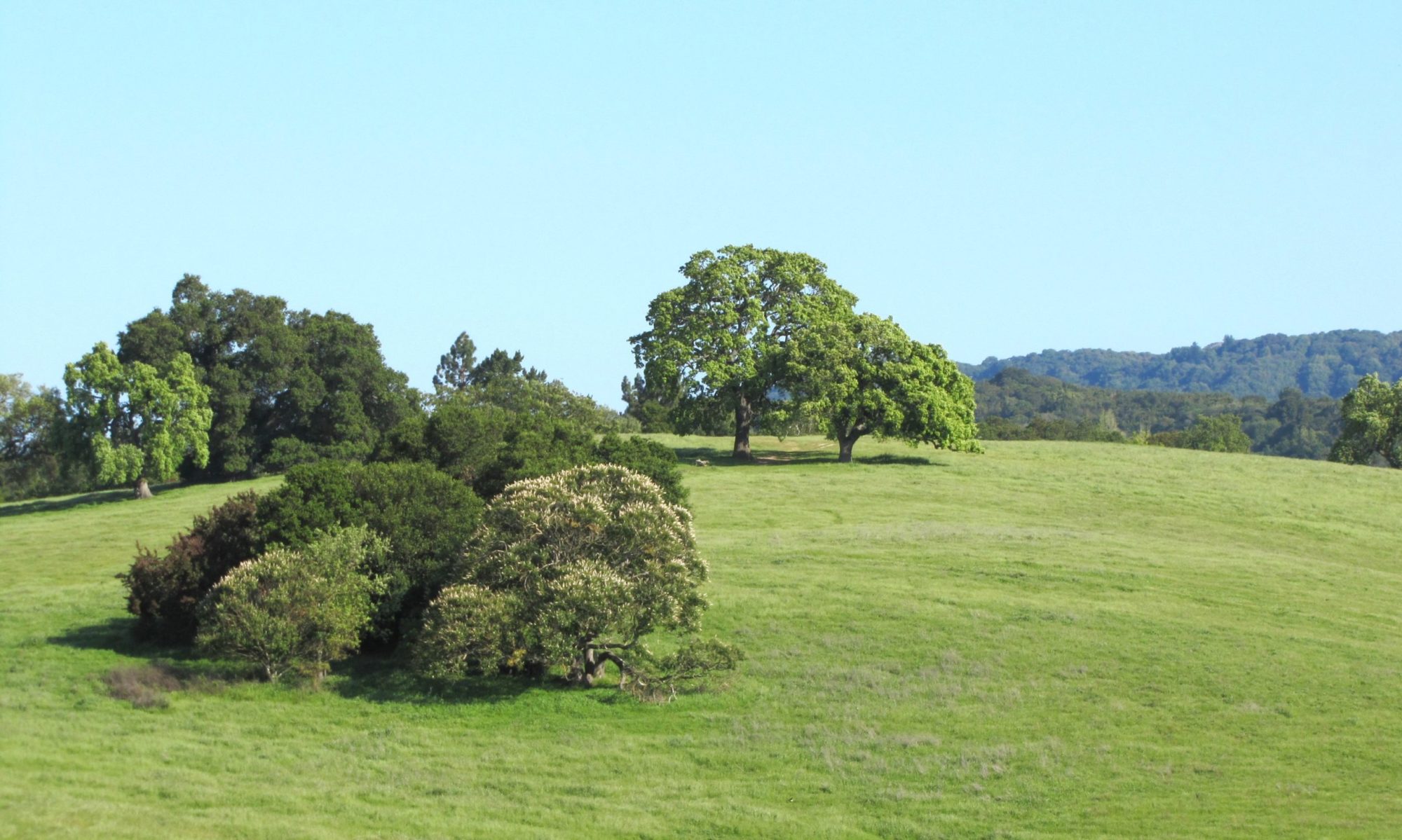- Wrong tree…Wrong place - If the right tree species is planted in the right location, many problems can be avoided. Unfortunately, many property owners, managers and landscapers are not aware of the ultimate size and growth habits, maintenance requirements and potential problems with the trees they plant. Problems occur when trees are planted too close together or too close to structures, above and below ground utility lines, compacted soil surface and pavement. Conflicts with neighbors often are the result of wrong tree - wrong place, invasive roots, expanding girth of trunks and root crowns, and overhanging limbs.
- Water…Too much or too little - Improper irrigation is a common cause of tree decline and mortality. Poor water management creates stress and susceptibility to pest and disease problems, root and crown rot and structural failures.
- Over pruning - Poor pruning practices are common. Excessive pruning has more than one detrimental effect: major removal of leaf surface reduces the capacity for photosynthesis and production of sugars for tree tissue nourishment and metabolism, creating physiological stress. “Heading” or “Topping” of trees is ugly, opens large cuts for fungal infection, causes plant stress and stimulates unnatural and dangerous growth patterns.
- Improper planting and early management practices - Problems include too deep or too narrow planting holes, inadequate soil volume for root development, improper fertilization and soil amendments, and failure to correct girdling root problems at planting time. Short term, these practices can lead to decline in health. Long term, improperly planted trees can grow to great size and incur structural failure due to root and crown rot or girdling root conditions. Early pruning/training for structural integrity is an essential managment practice, as is building of good soil fertility throughout the potential absorbing root zone.
- Poor support staking - Container grown trees often need to be staked at planting to stand upright and not be toppled or broken in the wind. However, trees are often improperly staked. Trees must be allowed to move somewhat in the wind to develop reaction wood. So stakes that are bound tight against the trunk or have rigid ties inhibit tree growth or girdle the stem. Support stakes also need to be adjusted with tree growth and removed as soon as the tree can stand on its own.
- Construction Impacts - Tree protection zones are too frequently prescribed with inadequate root zone protection and are not maintained as a “non-intrusion” zone throughout the grading and construction phases. Damaging root zone encroachment occurs with grading cuts and fills, trenching, soil compaction and paving. This can have a profoundly negative impact on tree health, contributing to decline and mortality weeks, months or years later.
- Pests – Insects and mites that chew or suck on plant foliage can create a sticky, unsightly mess and nuisance. Some pests can cause defoliation and branch die-back. Beetle borers can cause serious damage to conductive tissues that transport water and nutrients. Rodents can strip bark from branches and stems, and damage roots. Integrated pest management can address these problems. In many cases the pest problems can be minimized with preventive maintenance, good soil and water management, and other health promoting conditions.
- Tree diseases – Leaf and twig blights, fungal, water-mold and bacterial infections of branches and stems, wood decay with root and crown rot are some disease complexes that may be encountered. While there is limited curative treatment for these types of disease, they can often be suppressed to limit damage, or better yet, prevented from occurring in the first place. Good cultural practices, proper watering and building of soil health, early detection and intervention are the keys to preventive management.
- Roots damaging property - Tree roots can become invasive and destructive and can interfere with underground utilities and sewer lines, crack concrete and even lift building foundations. While indiscriminate root removal can lead to tree decline, or structural failure, judicious root pruning and engineered soil and barriers can often prevent or reduce damage.
- Poor soil and management practices - Last but not least -- depleted and damaged soil fertility is the root cause of many unhealthy, poorly performing and declining trees and landscapes. Bare soil without shade or mulch, compaction and pavement, excessive tillage, use of chemical fertilizers and pesticides, are some of the factors that negatively affect the all-important and beneficial living soil biology.

